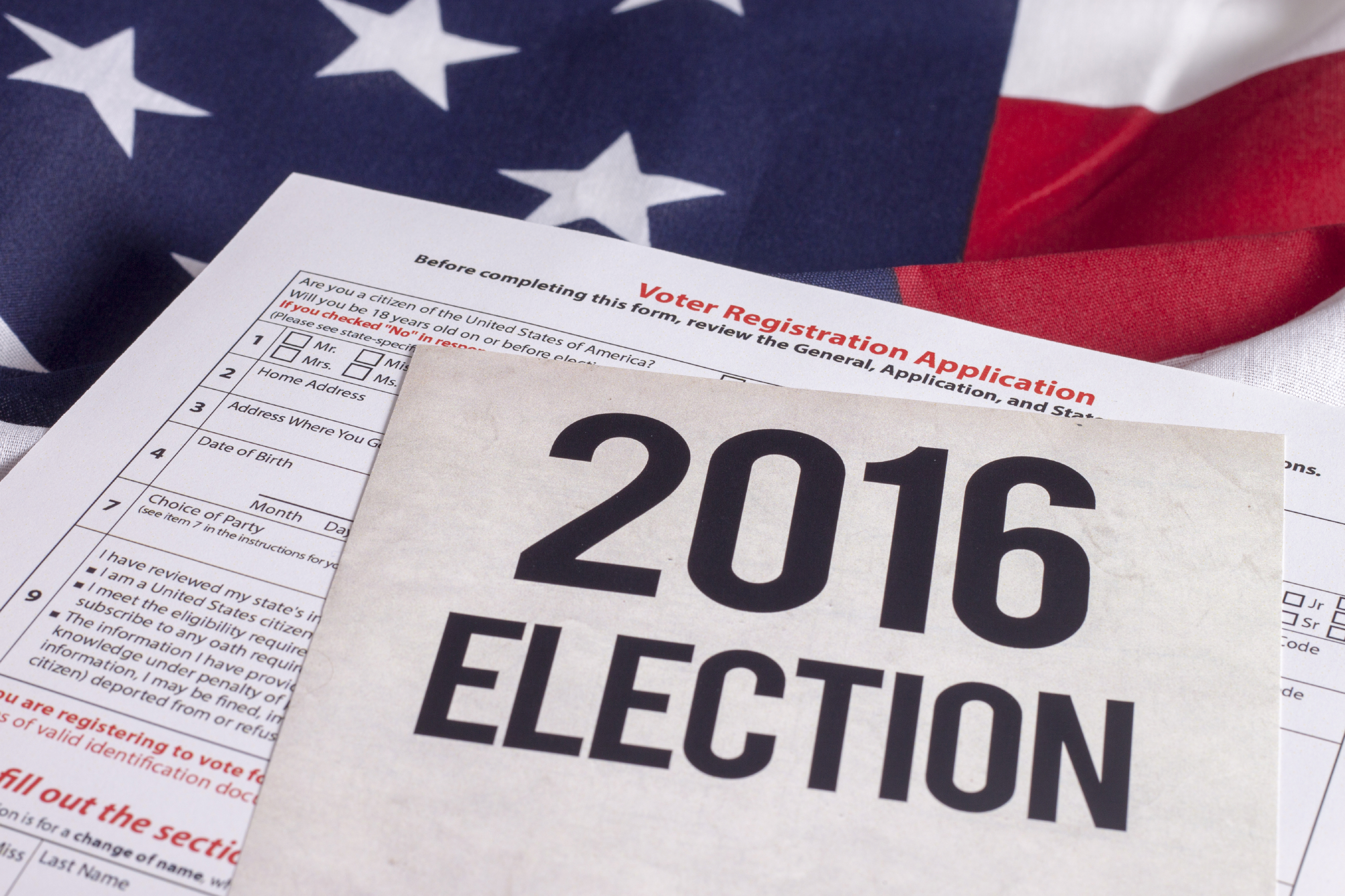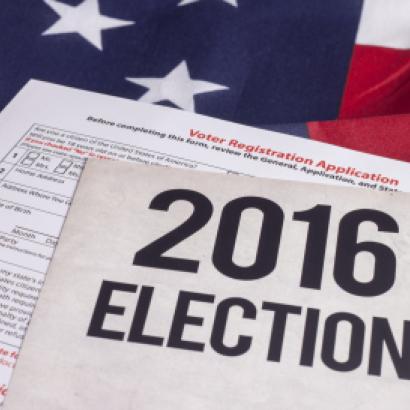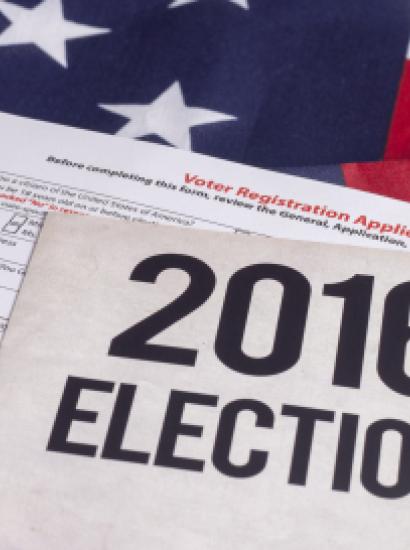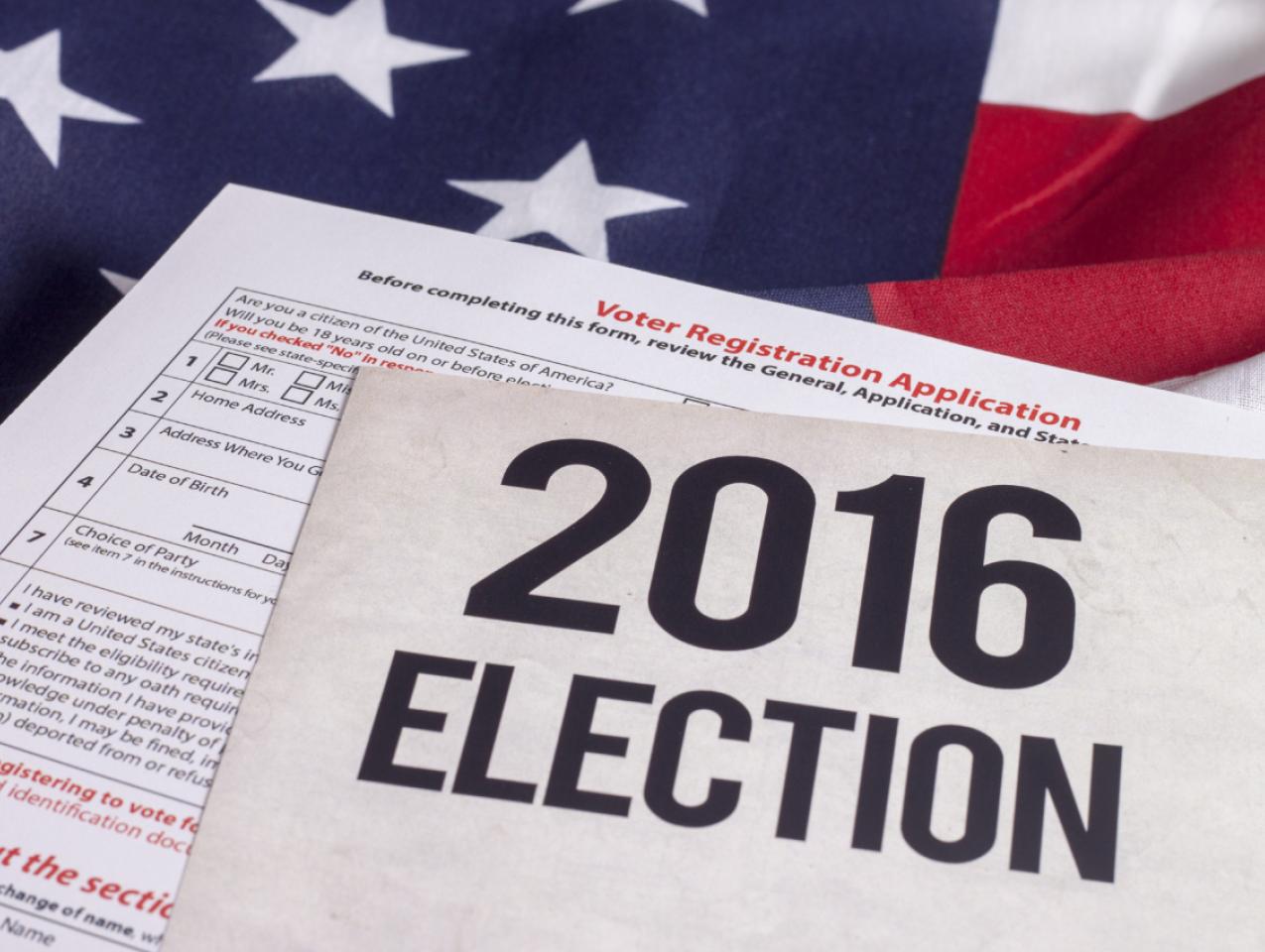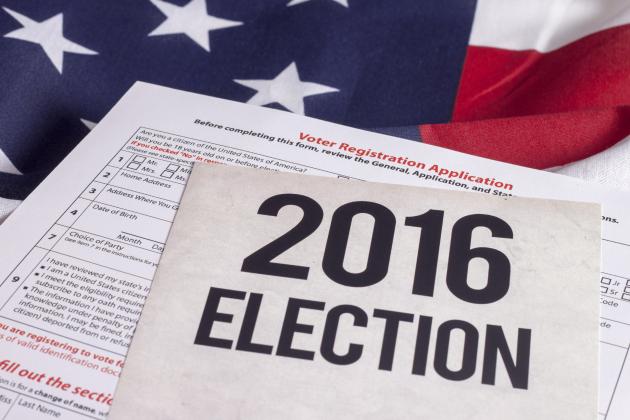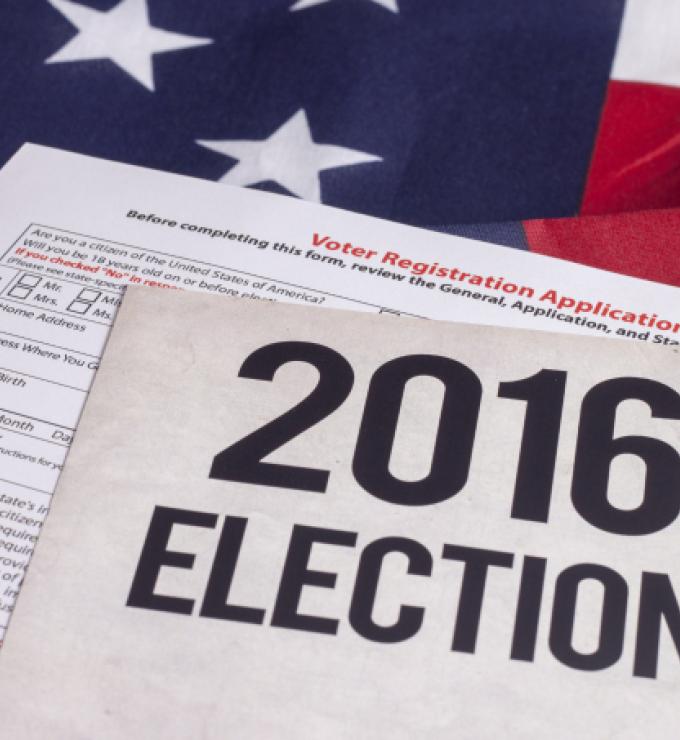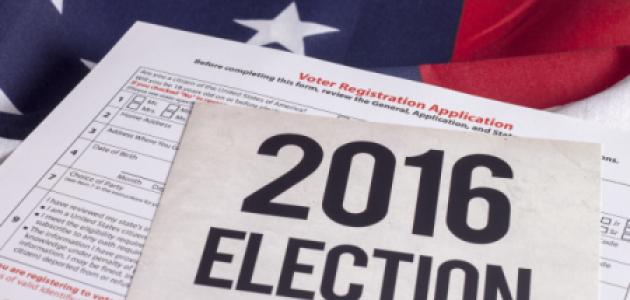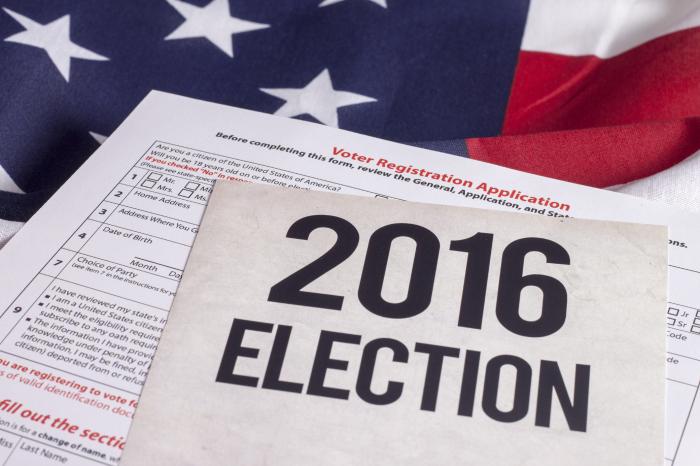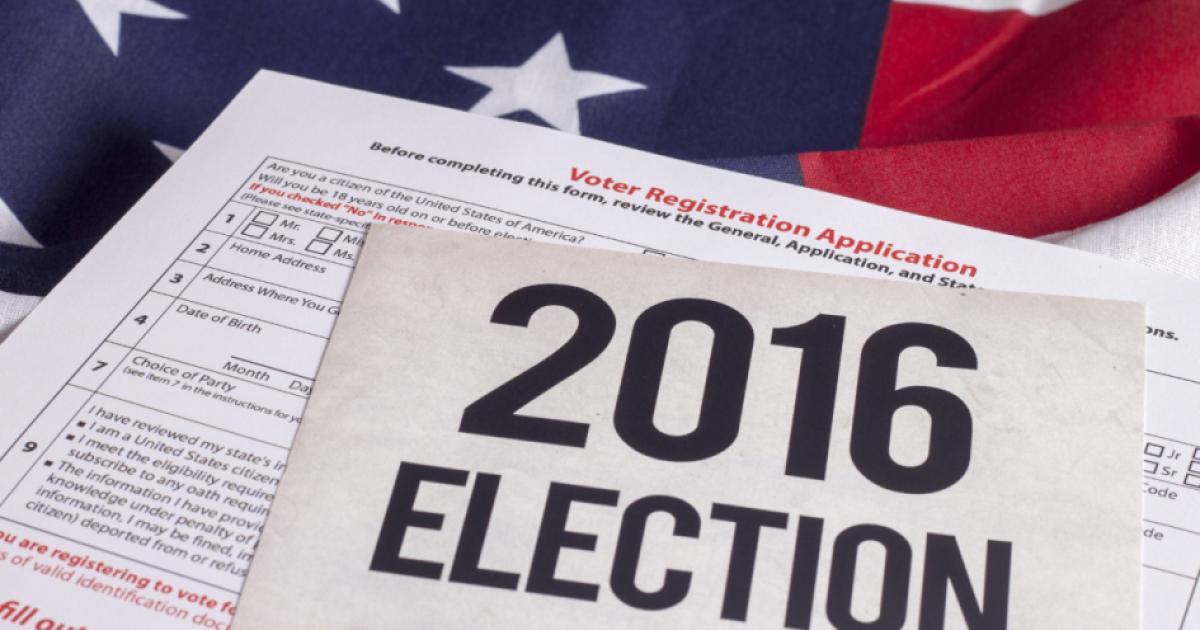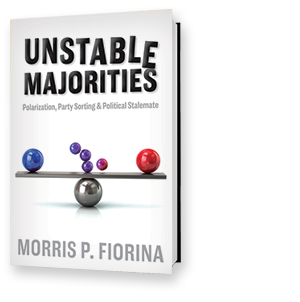- Politics, Institutions, and Public Opinion
- Campaigns & Elections
In the aggregate the 2016 election returns were similar to those in 2012, but the consequences of the voting were dramatically different. This contrast highlights the fact that in a majoritarian system like that in the United States minor changes in the vote can produce major changes in government control and the public policies that result. That fact was overlooked by many commentators who quickly concluded that the election was a stunning indication of widespread racism, ethnocentrism and misogyny. While detailed studies are sometime in the future, preliminary observations suggest that such negative motivations played no greater a role in 2016 than in other recent elections. Rather, the dynamics of the election mostly reflected the fact that the parties nominated two candidates whom the electorate regarded as seriously flawed (Essay 10). The one more closely associated with the status quo lost in a race that the economic fundamentals indicated would be very close. Looking ahead, perhaps the most significant feature of the 2016 voting was the reappearance of anti-establishment “populist” sentiments that are roiling the politics of other advanced democracies.
ESSAY PREVIEW
The 2016 Presidential Election—Identities, Class, and Culture by Hoover Institution on Scribd







